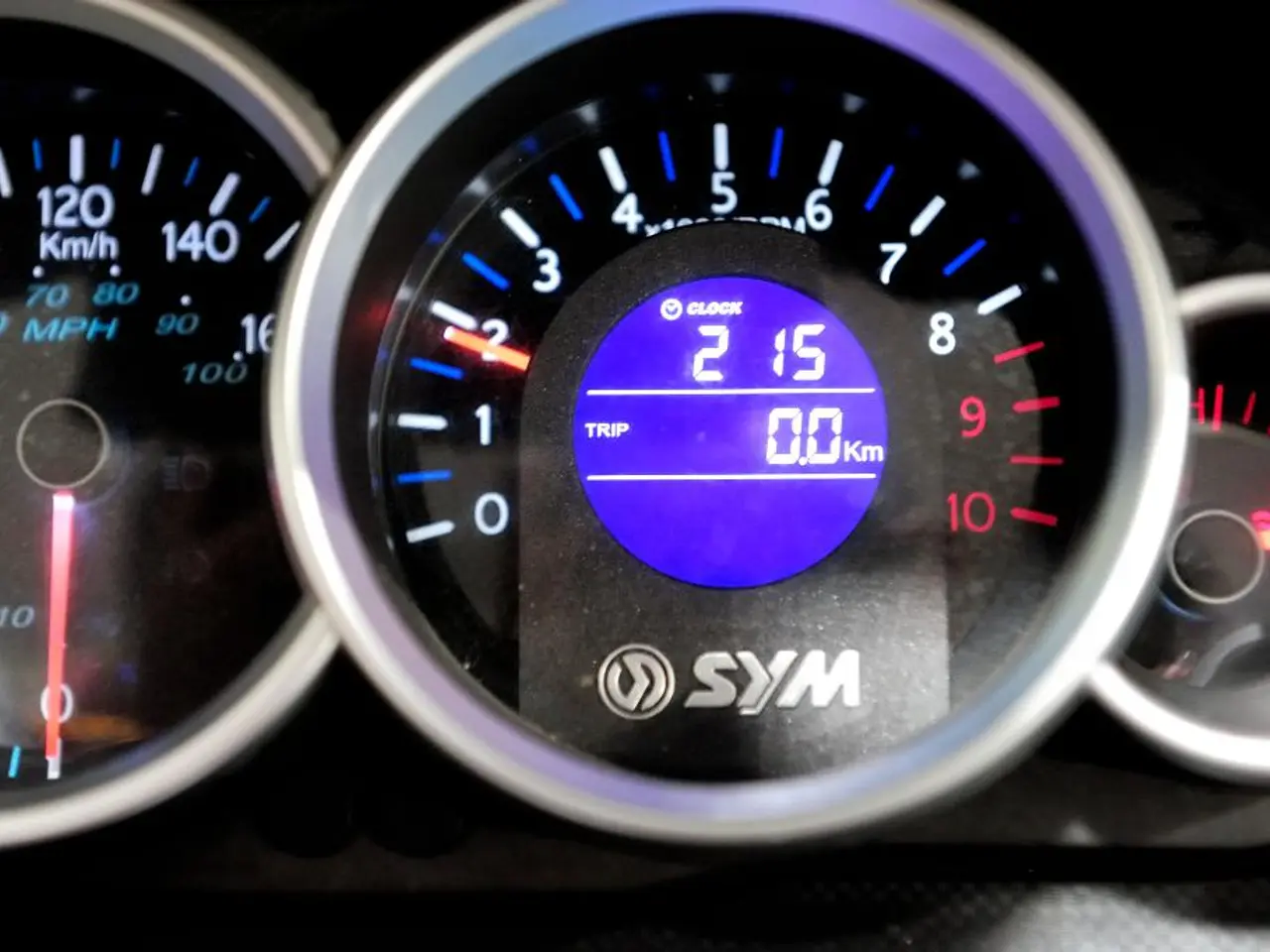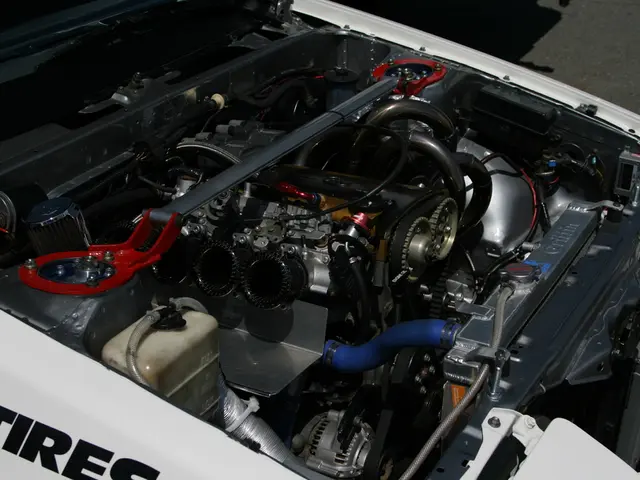Rocket Fuel Average Speed Explained - A Comprehensive Guide to Rocketry and Propulsion Terminology
Rocketry, a field that pushes the boundaries of human innovation, relies on various propellant flow rate systems to propel its vessels into space. These systems, each with their unique advantages and limitations, play a crucial role in determining the performance and stability of rockets.
Pressure-fed Systems
Pressure-fed systems, relying on a pressurant gas (often helium) to push propellant from the tanks into the combustion chamber, represent a simpler design with fewer moving parts. This simplicity increases reliability and reduces cost. However, the heavy, thick-walled tanks required to withstand high pressurization and the lower achievable pressure limits pose challenges, as they restrict the maximum thrust and performance.
Pump-fed Systems
Pump-fed systems, on the other hand, employ turbopumps (centrifugal or axial-flow) to actively pump propellants into the combustion chamber at high pressure. This allows for higher combustion chamber pressures, enabling higher thrust and efficiency. Moreover, the more efficient propellant usage due to better flow control is an additional advantage. However, the complex and expensive nature of these systems, along with the moving parts subject to wear and cavitation, make them a more challenging choice.
Hybrid Propellant Systems
Hybrid systems, a fascinating blend of solid and liquid propellants, offer a unique solution to some of the challenges posed by pure liquid or solid systems. By combining a solid fuel with a liquid or gaseous oxidizer, these systems can be simpler and safer, while offering throttling, restart capability, and better combustion stability. However, regression rates (fuel burn rate) and scalability can be challenging, and the technology is less mature compared to pure liquid or solid systems.
In a nutshell, pressure-fed systems prioritize simplicity and reliability but at the cost of performance, while pump-fed systems maximize performance and control but are more complex and expensive. Hybrid systems offer a middle ground with some unique advantages for specific applications.
The choice of propellant flow rate system depends on factors such as the complexity of the mission, the required precision, and the available technology. Advanced rocket engines may use hybrid systems that combine elements of both open-loop and closed-loop systems. Controlling the propellant flow rate allows engineers to optimize the performance of the rocket, ensuring the desired trajectory and velocity.
Propellant flow rate is a crucial parameter in rocketry, and it is controlled using valves and regulators installed in the propellant lines. Monitoring the propellant flow rate helps in early detection of anomalies or malfunctions in the engine, preventing potential catastrophic failures during flight. Flow meters integrated into the fuel and oxidizer lines of the rocket engine are used to measure propellant flow rate, providing real-time data on the flow rate of propellants, allowing engineers to monitor and adjust the performance of the rocket engine during flight.
Science and technology play significant roles in the development of rocketry, particularly in the design of propellant flow rate systems. For instance, pressure-fed systems rely on basic principles of physics and engineering to push propellant into the combustion chamber, while pump-fed systems use more advanced turbopump technology for efficient propellant usage and higher performance. Similarly, hybrid propellant systems combine liquid and solid propellants, making use of the best aspects of both, with an aim to overcome some of the challenges posed by each. These systems, each with their unique features, contribute to the advancement of space-and-astronomy by enabling safer, more reliable, and high-performing rockets.




